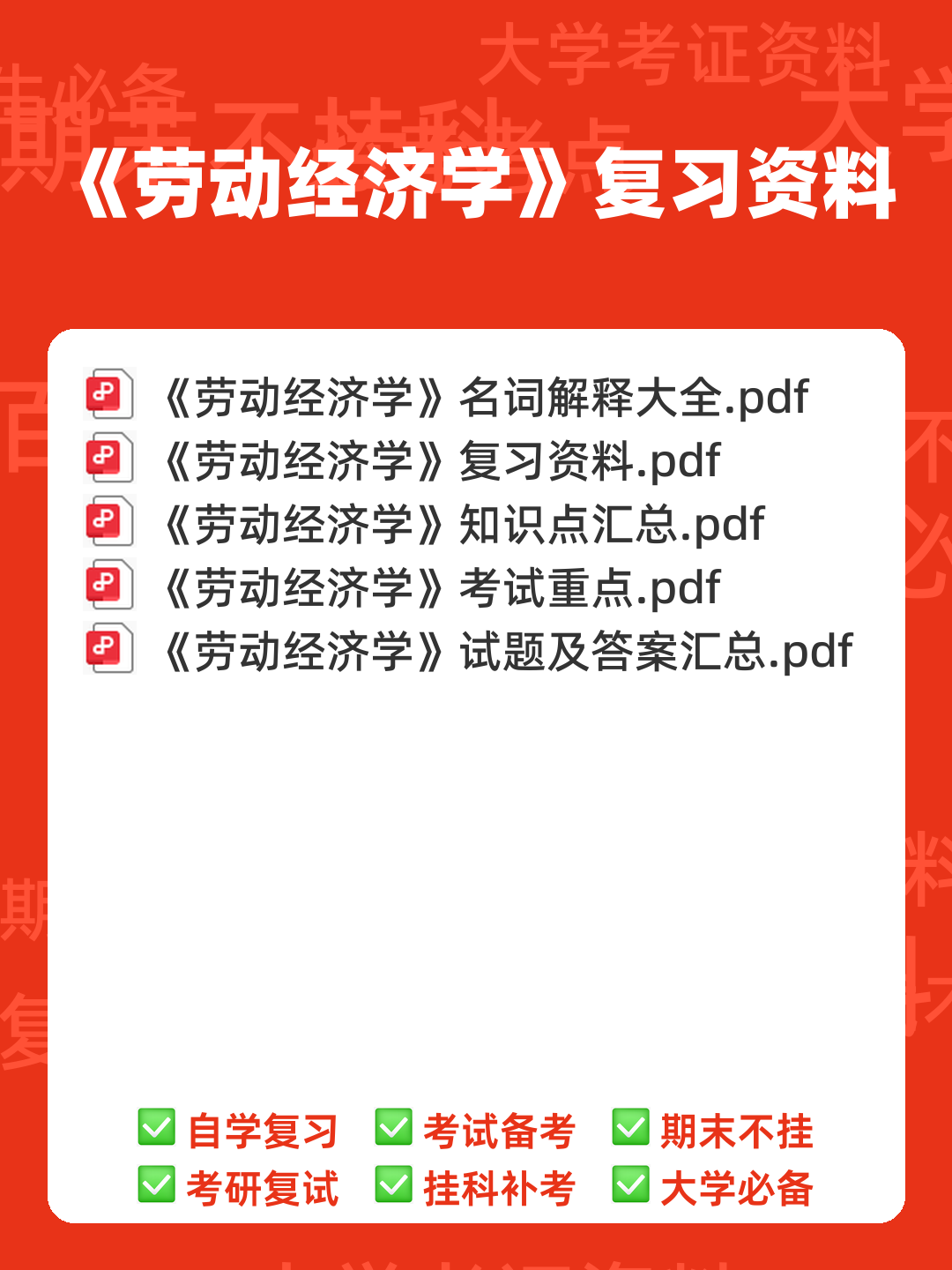
第 1 页 / 共 11 页
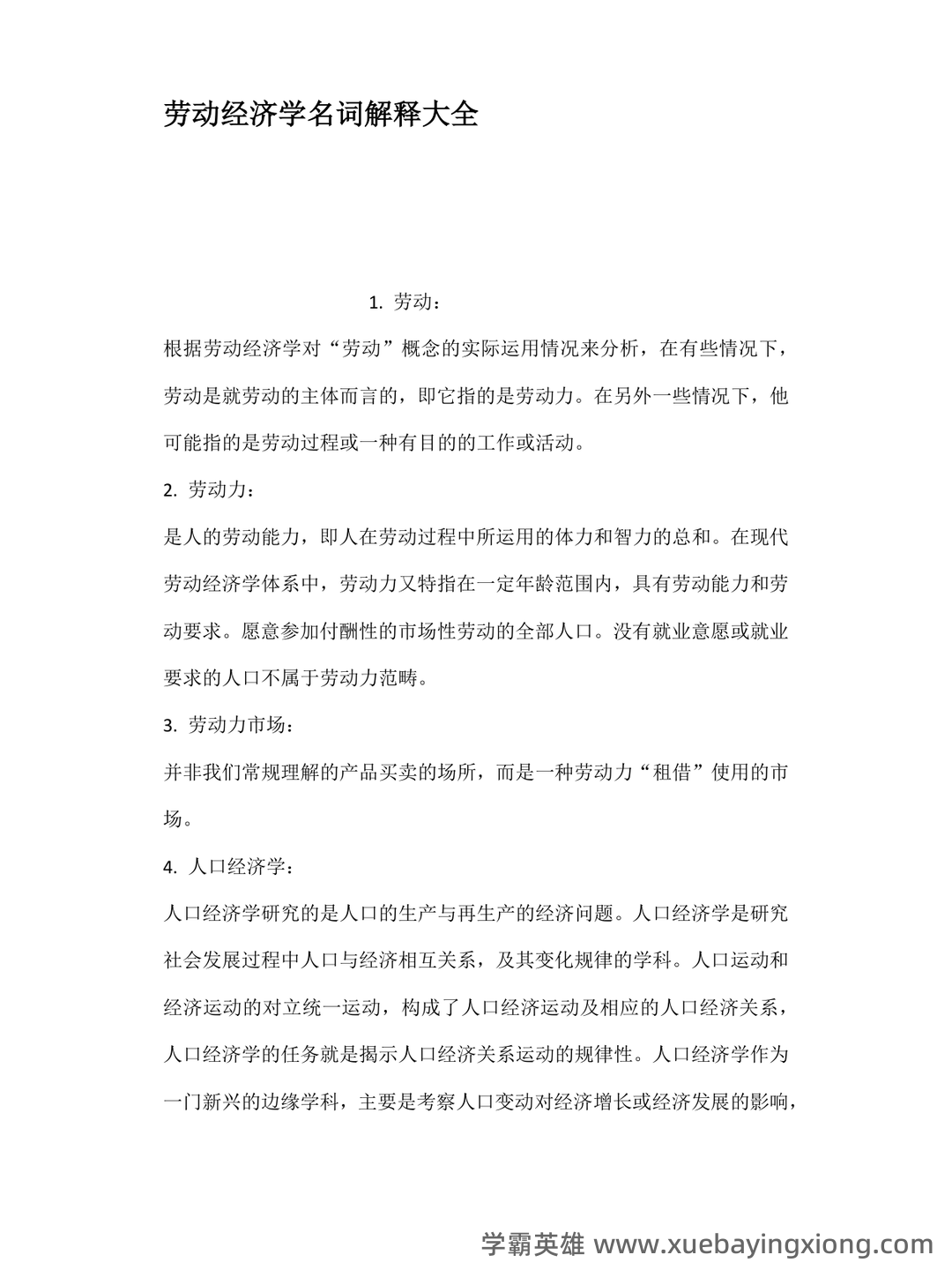
第 2 页 / 共 11 页
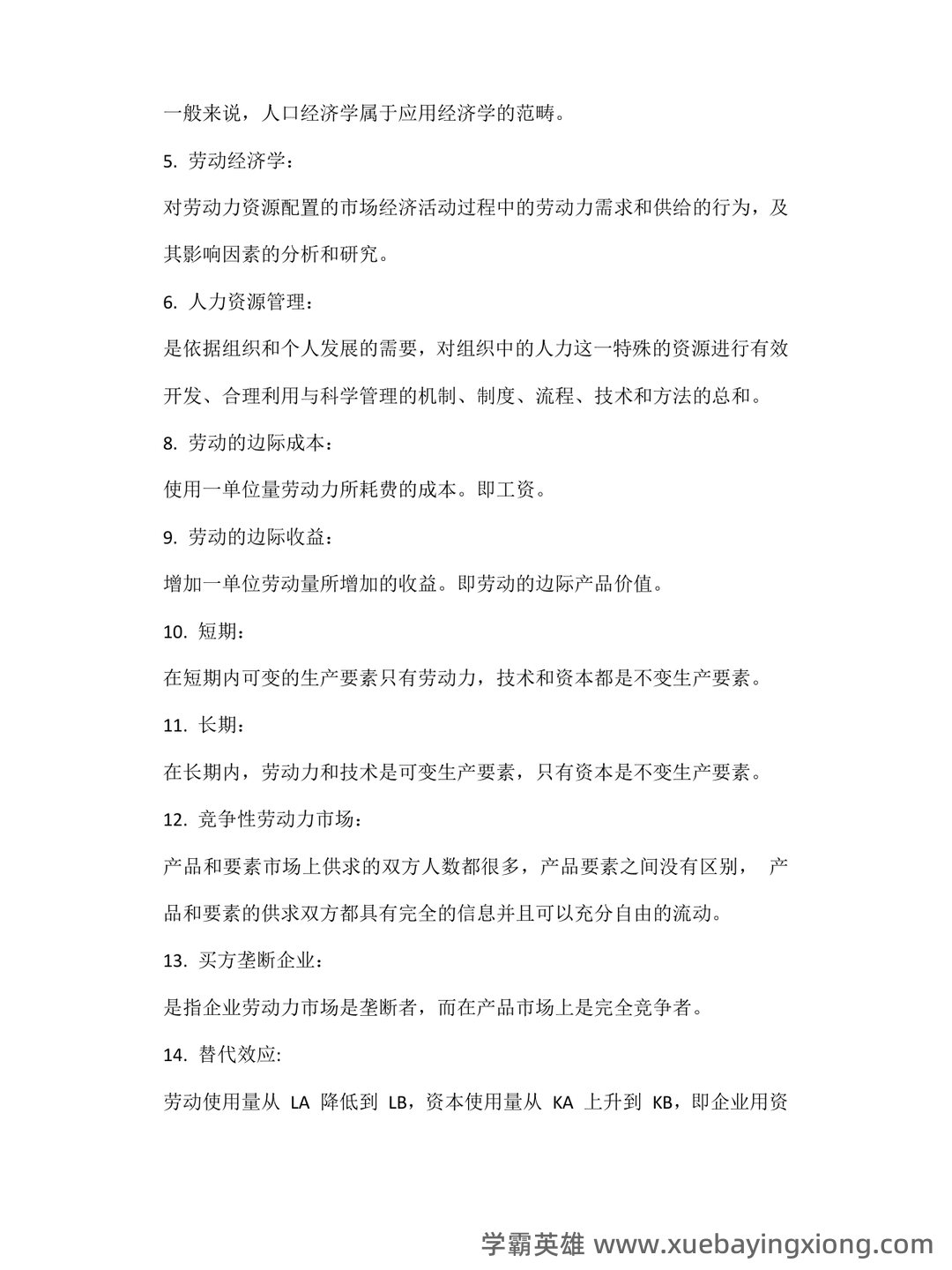
第 3 页 / 共 11 页
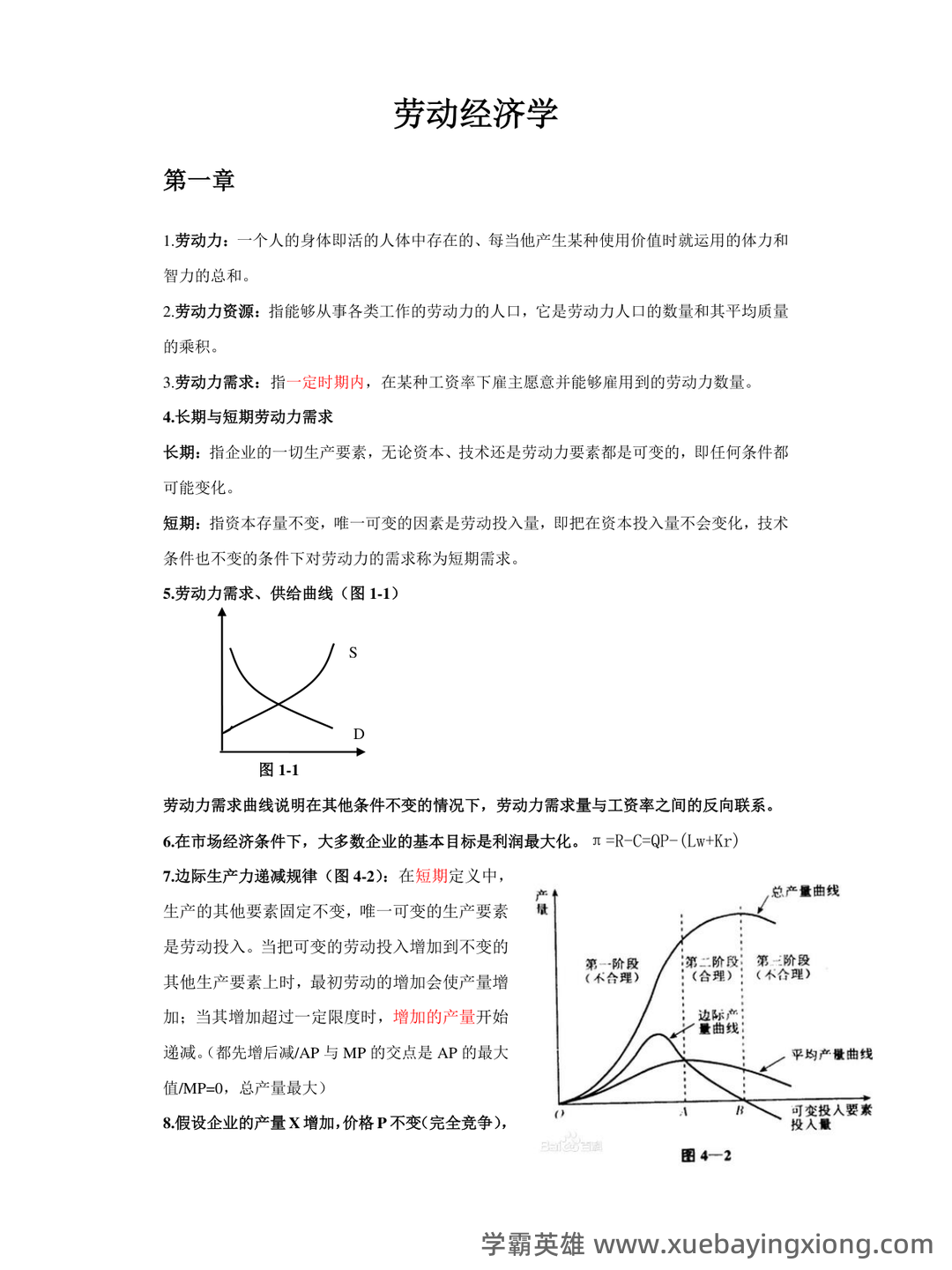
第 4 页 / 共 11 页
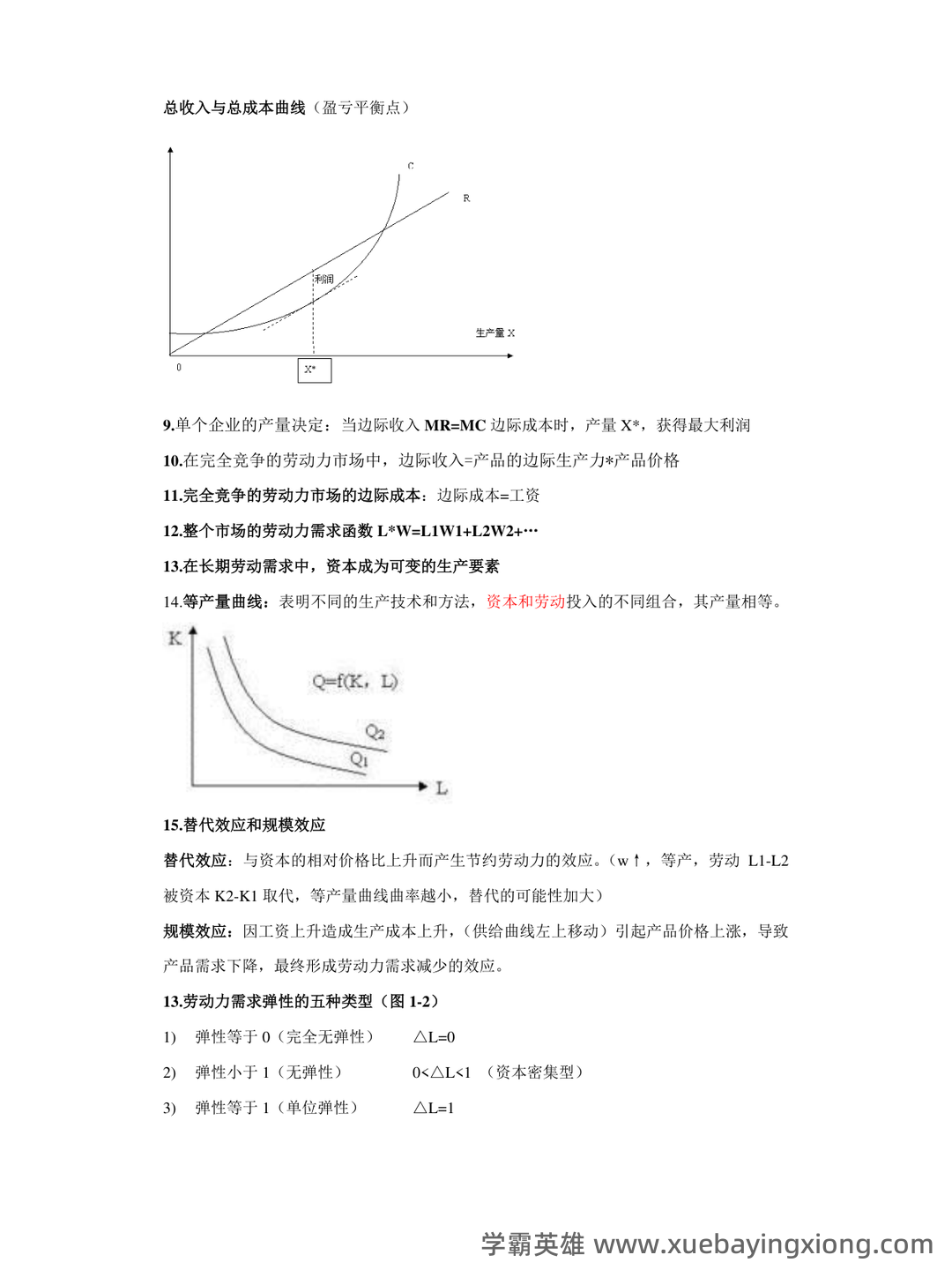
第 5 页 / 共 11 页
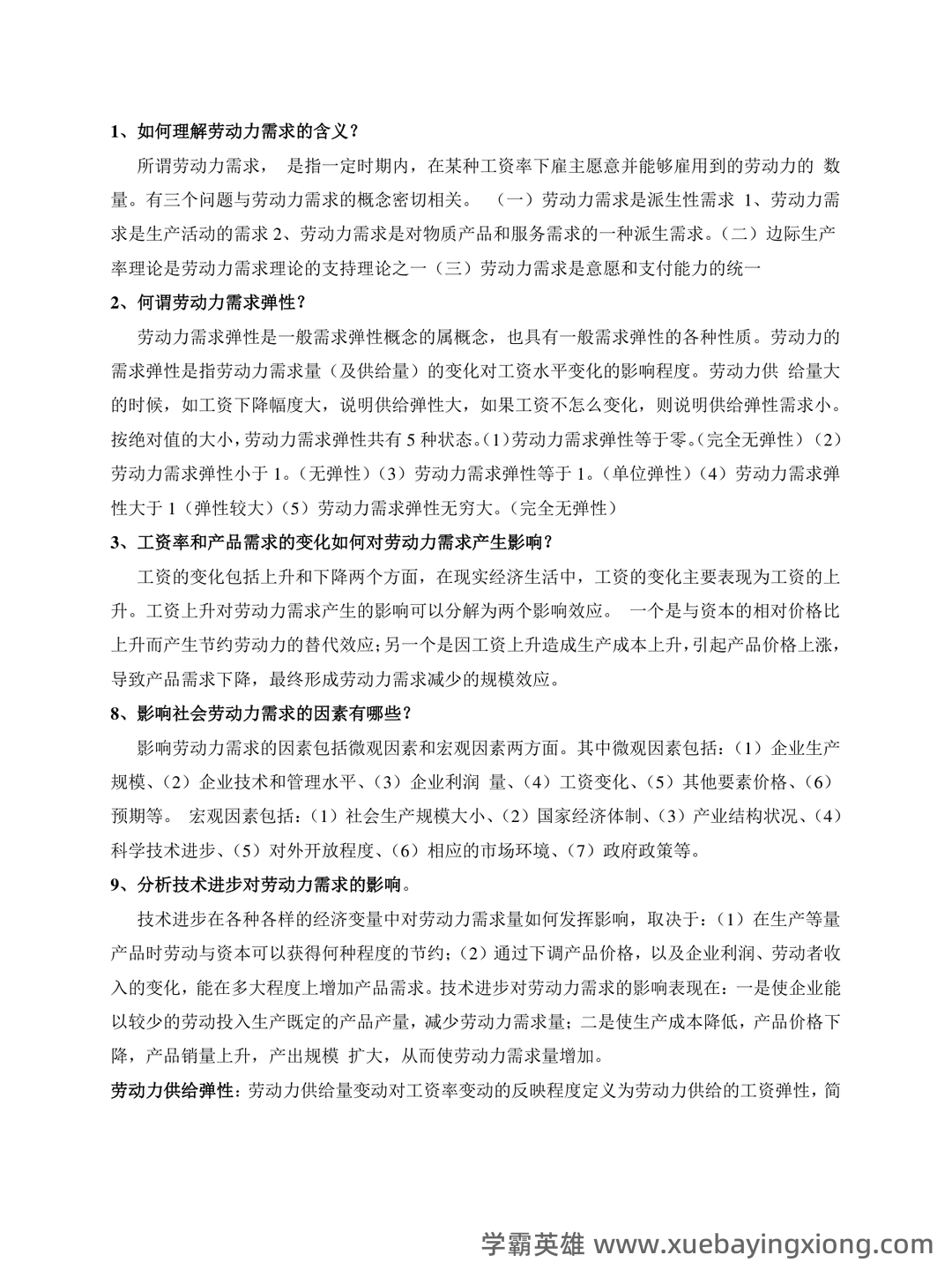
第 6 页 / 共 11 页
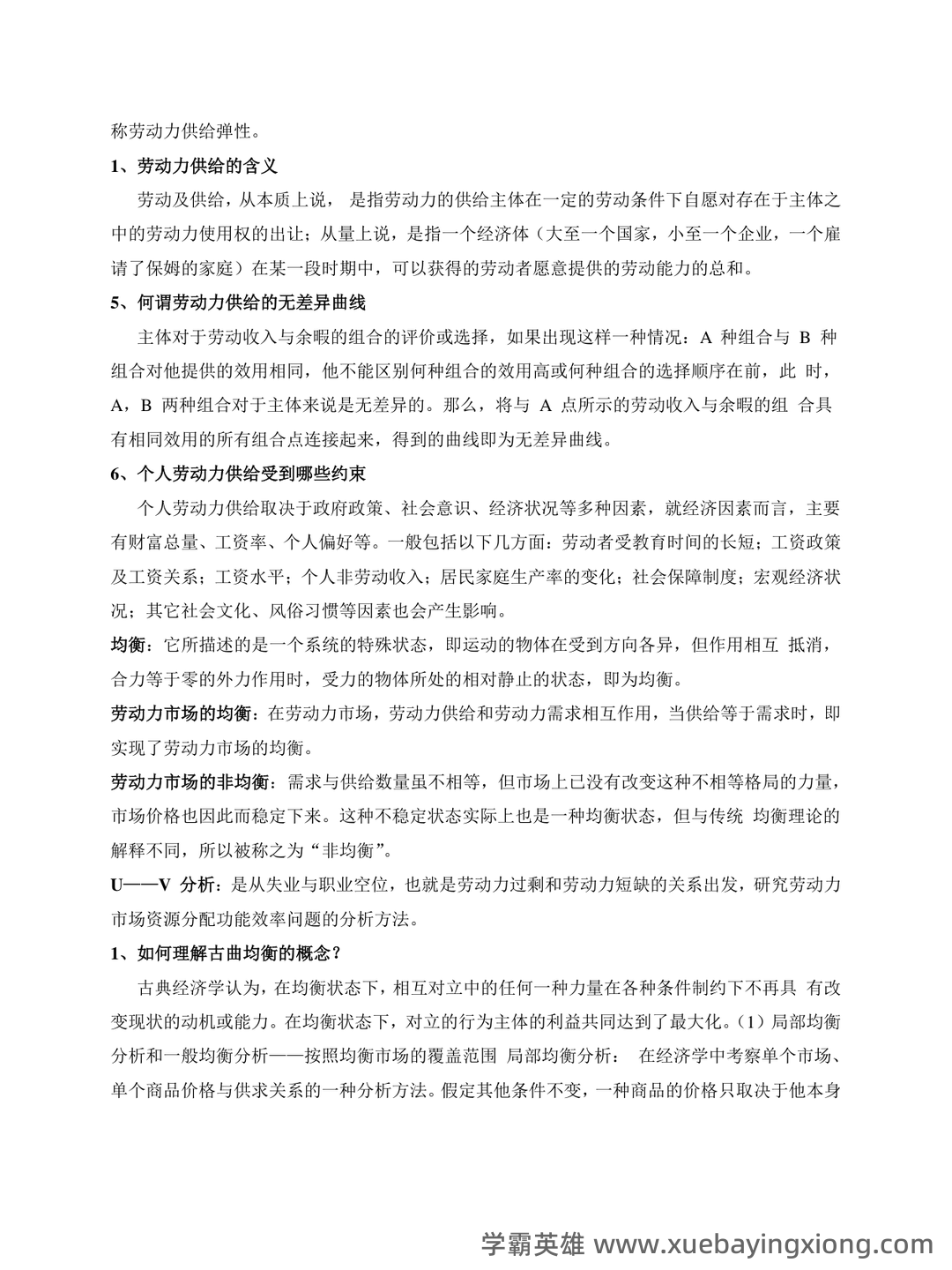
第 7 页 / 共 11 页

第 8 页 / 共 11 页
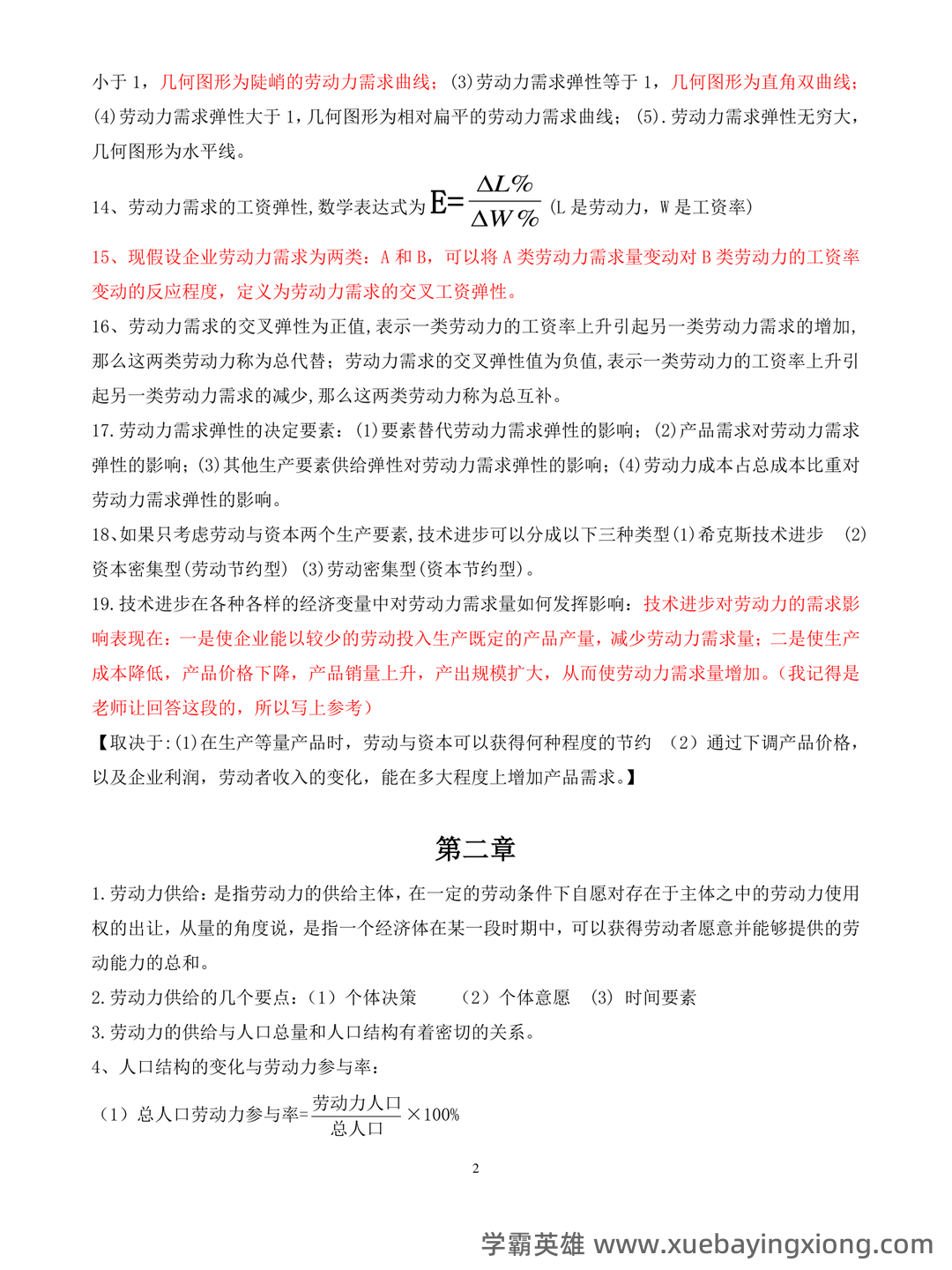
第 9 页 / 共 11 页
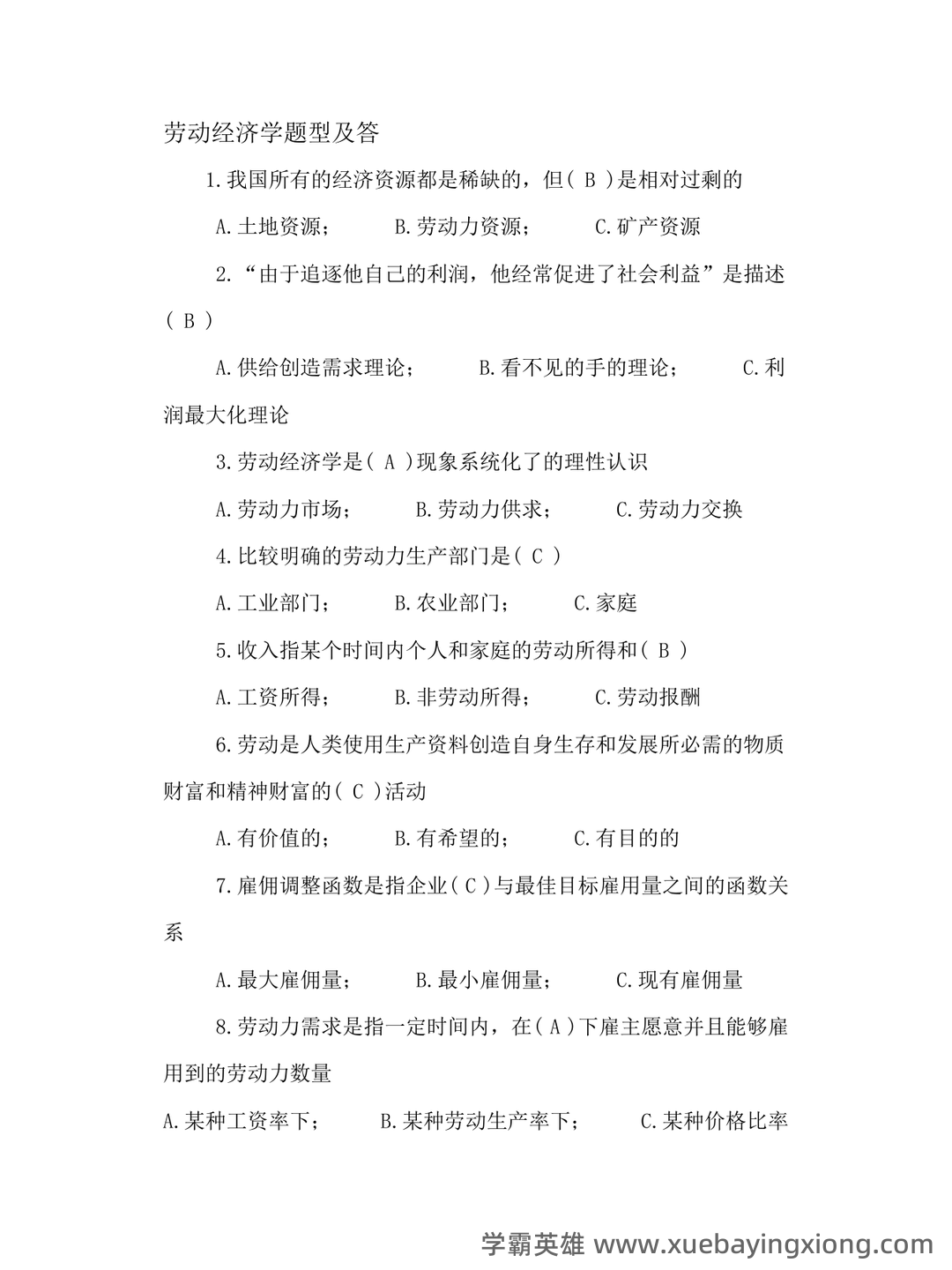
第 10 页 / 共 11 页
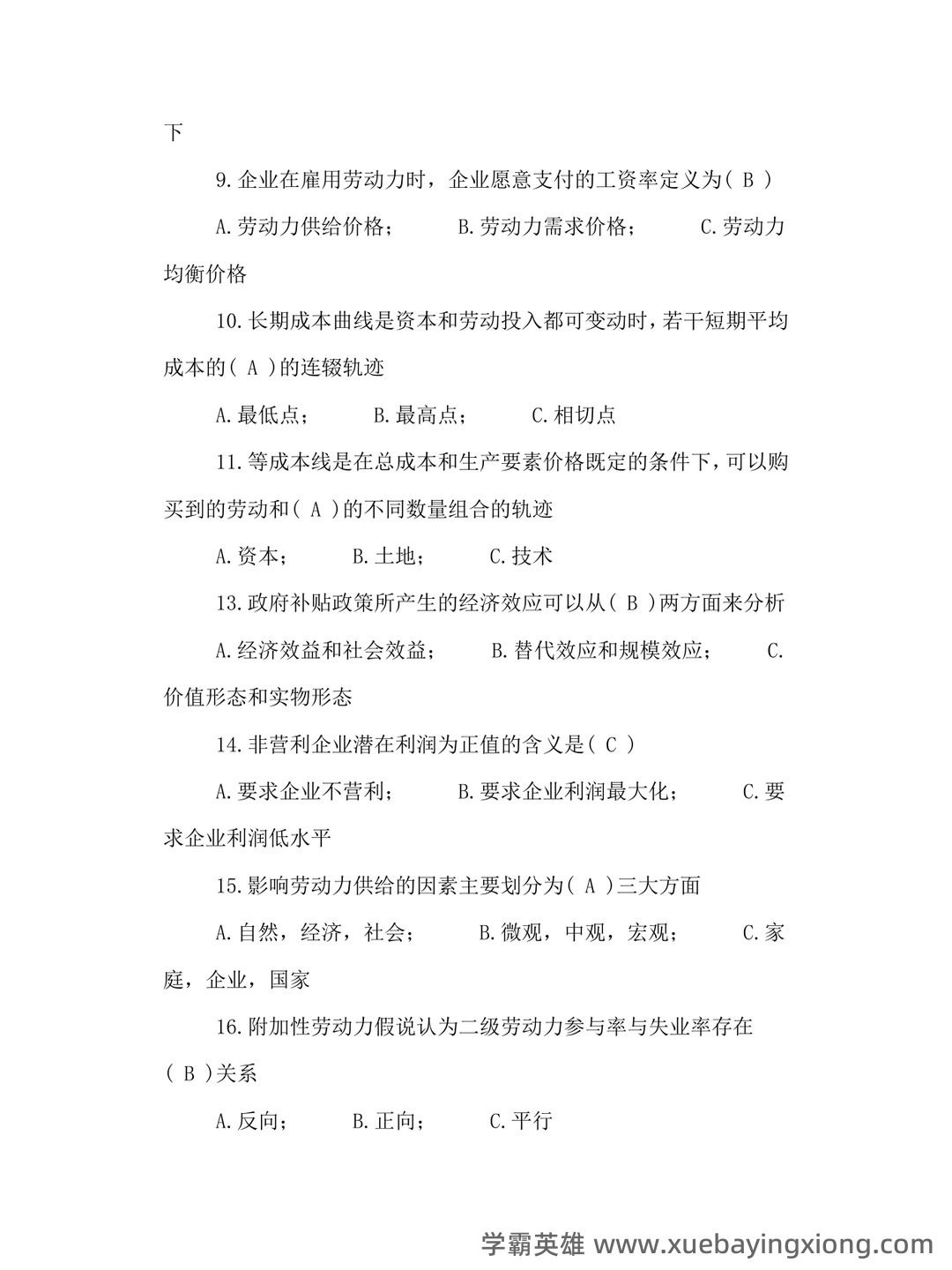
第 11 页 / 共 11 页
劳动经济学名词解释(英文版)
劳动经济学名词解释 (英文版) Let’s cut to the chase: labor economics is a surprisingly complex field, attempting to understand the relationship between labor – people’s work – and the economy as a whole. It’s not just about wages, though that’s certainly a crucial part of it. Think of it as a detective’s investigation into how humans provide labor, how that labor is valued, and how that entire process impacts the broader economy. At its core, the field uses economic principles – supply and demand, rationality, and incentives – to analyze the labor market. One of the key concepts within labor economics is “labor supply.” This refers to the total amount of labor willing and able to be offered at various wage rates. It's affected by everything from individual preferences and family circumstances to education and opportunities. Then there’s “labor demand,” which represents how much employers are willing to hire workers at different wage levels. This is largely driven by the demand for goods and services, and how efficiently labor can produce those goods and services. It's a constant negotiation between workers and firms. Crucially, labor economics also grapples with issues like unemployment – why people are out of work – and the factors that cause it. Concepts like “search theory” and “friction theory” attempt to explain why job searching can be so difficult and protracted. Furthermore, the field examines wage inequality – the gap between the highest and lowest earners – and the potential causes, including skills gaps, discrimination, and changes in the structure of the economy. It’s a constantly evolving area, driven by shifts in technology, globalization, and demographics. Essentially, labor economics aims to make sense of a fundamental human activity: working.
展开
劳动经济学
2025-07-12
16次阅读